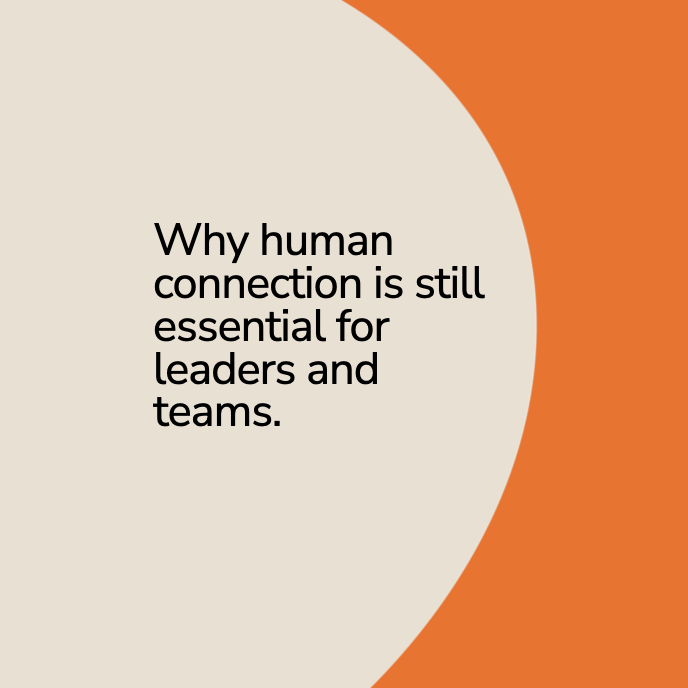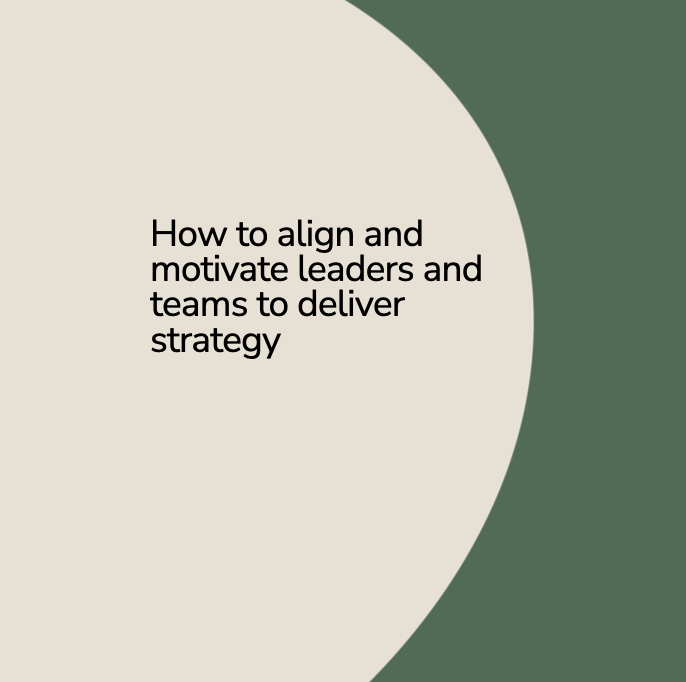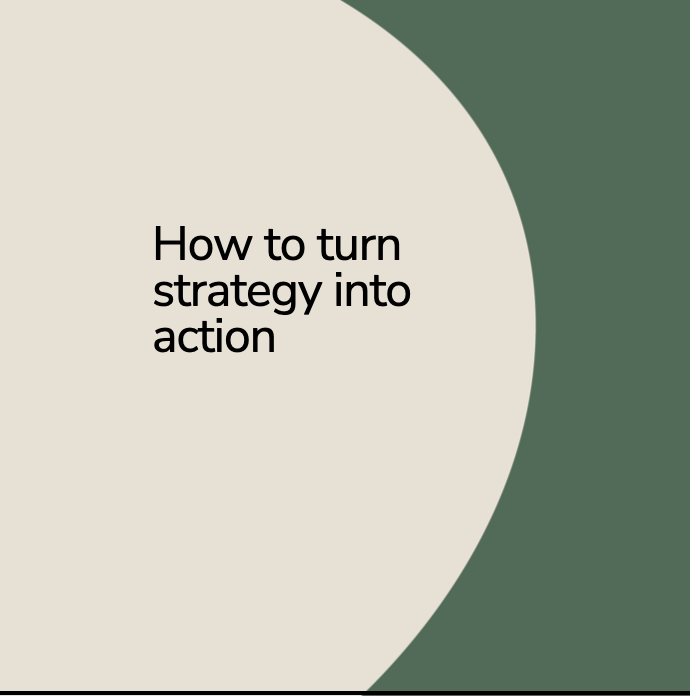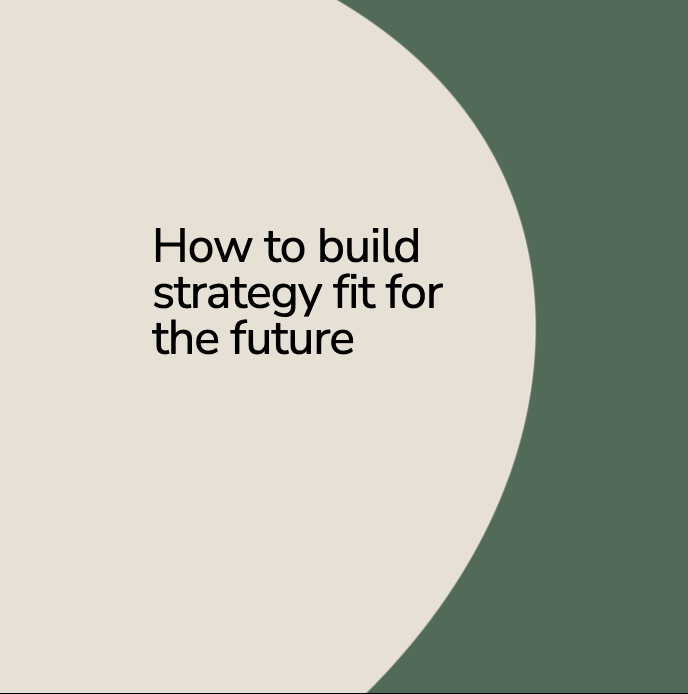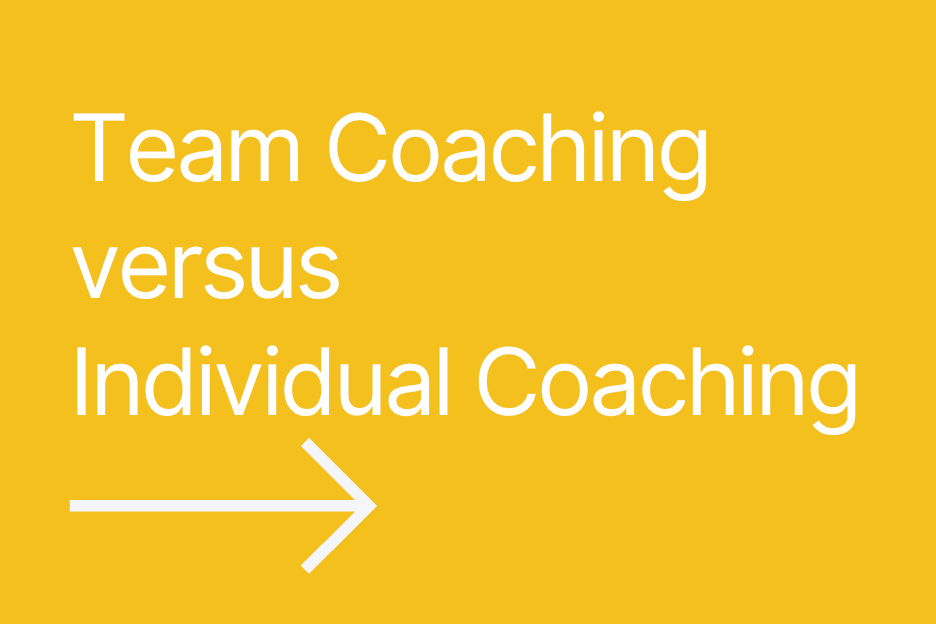Why human connection is essential for leaders and teams.
“As machines get better at being machines, humans have to get better at being more human.”
This article explores why trust, compassion, and connection are now the true differentiators for leaders and teams in an age of AI and dispersed work.
How to Align and Motivate Leaders and Teams to Deliver Strategy
“Alignment is not about agreement. It’s about commitment.”
This article explores how leadership teams can create a shared narrative, build trust, and motivate people so that strategy lives beyond the boardroom and drives daily action
How to turn strategy into action
This article shows how leadership teams can close the strategy–execution gap by setting meaningful OKRs and KPIs, breaking them into milestones, assigning ownership, and making time for the work that shifts the dial.
How to create a strategy that is fit for the future
Strategy isn’t a plan to file away - it’s a living framework that must adapt, engage stakeholders, and look to the future. This article explores how leadership teams can create strategies that are resilient, relevant, and fit for the world ahead.
Team Coaching verus Individual Coaching
You’ve invested in coaching for individuals, but something still isn’t shifting. This is where lots of organisations get stuck: it’s easy to assume the problem lies with an individual and to send them for coaching. But sometimes, the challenge isn’t one person, it’s in how the team works together (or doesn’t).
That’s where Team Coaching comes in.
What Is Leadership Coaching - and do I need it?
What is leadership coaching – and is it worth it?
If you’re a leader or manager wondering what leadership coaching actually involves or whether it’s the right investment for you or your team, this practical guide breaks it down clearly.
Discover how coaching works, who it helps, and the results you can expect.
How to Cope with Stress and Build Resilience for Yourself & Your Team
Life is pressured, business is tough and people are worn out - are you?
We may feel we’re just trying to get through one day at a time, and in our teams we may have noticed people becoming less productive, reduced engagement and motivation and even more sick days and quiet quitting.
This article is about practical tools to help you manage pressure before it becomes stress, to build resilience in small, sustainable ways, and to lead with empathy, clarity, and care.
The Power of Bravery and Curiosity - Lessons from Socrates for Founders and Leaders
What can a Greek philosopher possibly have to help today's business leaders and founders? Just a few things in fact: Curiosity, bravery, the willingness to grasp change and pick yourself up when things go wrong or when you feel stuck.
Here we explore what Socrates can teach us about luck versus bravery, creating our own opportunities and being a brave leader.
Why Trust is Essential for Fast-Growth Businesses
Trust is the glue that holds businesses together. When trust is high, people feel safe to take risks, express themselves freely, and innovate. In fast-paced, high-growth businesses, trust keeps teams focused and cohesive through rapid change and uncertainty.
We explore why trust matters and how to build and maintain it as you grow.
Is Leadership Development Training Worth the Investment?
What is the ROI of Leadership Development? Leadership and management training may seem like a luxury your business can ill afford right now, but arguably it’s more vital than ever. Investing in leaders’ development is essential to unlocking the full potential of teams, increasing productivity, boosting retention, and building a successful business. Yet, investing time and money in leadership training often raises the question: Is it worth it?

